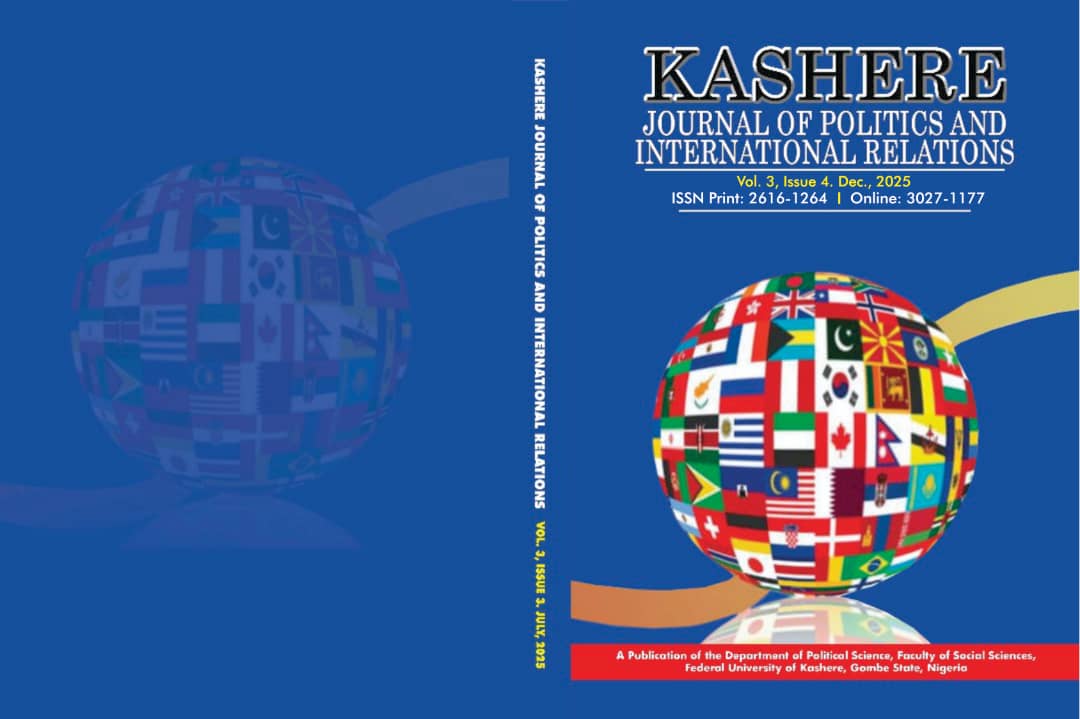The Strategic Deployment of Unmanned Aerial Vehicles in Contemporary Armed Conflicts: A Comparative Study of the Russia-Ukraine and Israel-Gaza Conflicts
Keywords:
Drone, Unmanned Aerial Vehicles, War, DefenceAbstract
The use of Unmanned Aerial Vehicles (UAVs) in modern conflicts has gained significant attention due to their strategic and tactical advantages. This study seeks to critically examine the impact and challenges associated with the deployment of Unmanned Aerial Vehicles (UAVs) in two contemporary conflict zones-the Russia-Ukraine war and the Israel-Gaza conflict. This study argues that UAVs influence the battlefield, particularly in terms of surveillance, precision strikes, and logistical support, while addressing the operational and ethical challenges associated with their use. The methodology employed includes a qualitative approach, utilizing case study analysis and secondary data from textbooks and scholarly articles. Data was triangulated to provide a comprehensive understanding of UAVs' roles and their associated challenges, including issues related to technological limitations, international law, and the moral concerns arising from automated warfare. The study is framed through the lens of Realist Theory, which emphasizes the primacy of power, security, and state interests in international relations. In the context of the Russia-Ukraine and Israel-Gaza conflicts, the use of UAVs is seen as a tool for advancing national security objectives and enhancing military capabilities. Realism helps to understand the strategic motivations behind the adoption of UAVs, while also highlighting the inherent challenges related to technological supremacy, sovereignty, and the law of armed conflict. Ultimately, this study aims to contribute to a nuanced understanding of how UAVs shape the modern warfare landscape and the challenges that accompany their integration into military strategies.


